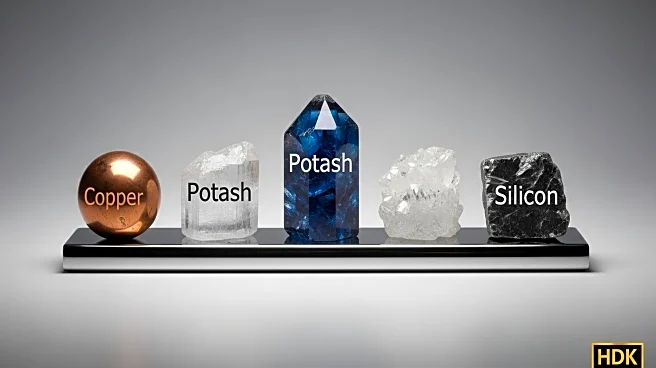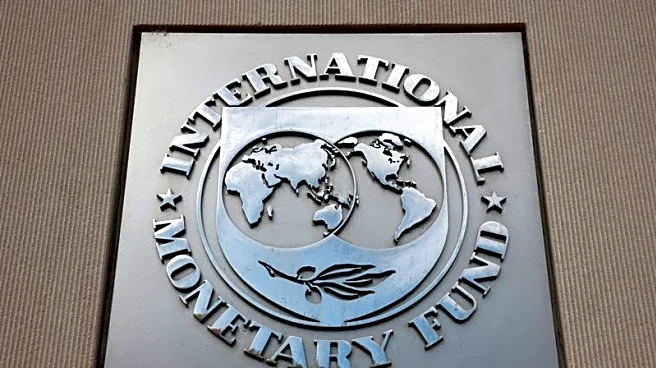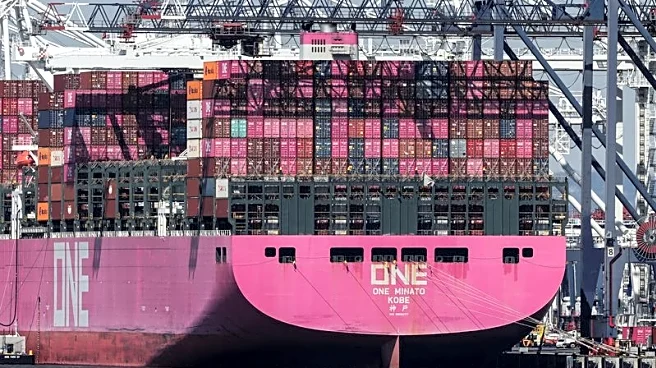What's Happening?
The U.S. Geological Survey (USGS) has released a draft of its critical minerals report, recommending the addition of copper, potash, and silicon to the list of minerals deemed crucial for the U.S. economy. This update, the most significant since the list's inception in 2018, categorizes 54 minerals into high, elevated, and moderate risk levels based on their economic impact. The report, posted by the Department of the Interior to the Federal Registry, aims to identify industries that may face significant impacts from supply disruptions. According to USGS acting director Sarah Ryke, minerals-based industries contributed over $4 trillion to the U.S. economy in 2024. The report aligns with President Trump's administration's commitment to bolstering domestic production and processing of metals, minerals, and rare earth elements to support national economic and defense interests.
Why It's Important?
The inclusion of copper, potash, and silicon in the critical minerals list underscores their strategic importance to the U.S. economy. These minerals are vital for various industries, including technology, agriculture, and manufacturing. The categorization into risk levels helps prioritize efforts to secure supply chains and mitigate potential disruptions. This move could lead to increased domestic mining and processing activities, potentially reducing reliance on foreign sources and enhancing national security. Industries dependent on these minerals may benefit from more stable supply chains, while the U.S. economy could see growth in related sectors. However, environmental and regulatory challenges may arise as domestic production efforts intensify.
What's Next?
The USGS's updated report will likely prompt discussions among policymakers, industry leaders, and environmental groups regarding the balance between economic growth and environmental protection. The federal government may consider incentives or regulatory adjustments to encourage domestic mining and processing. Stakeholders will need to address potential environmental impacts and community concerns associated with increased mining activities. Additionally, international trade dynamics could shift as the U.S. seeks to reduce its dependence on foreign mineral sources.













